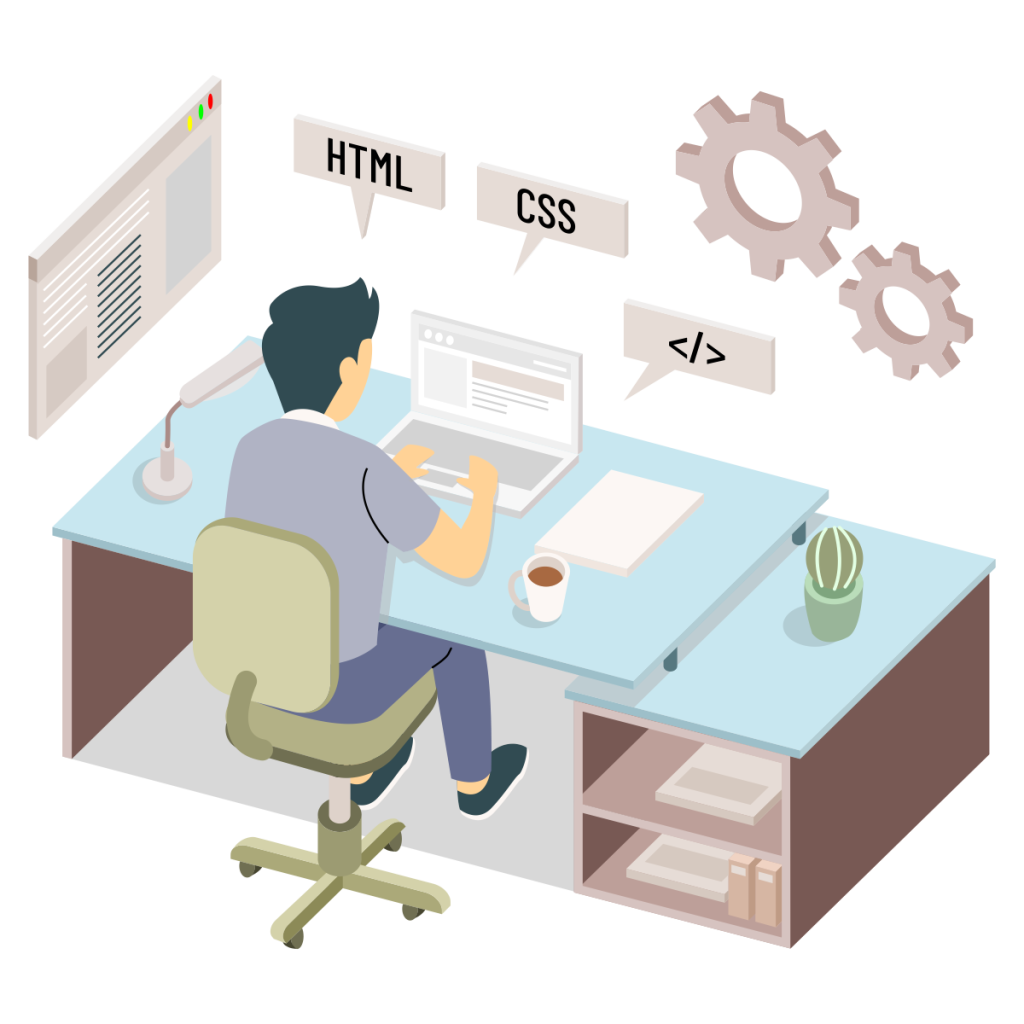Create a Responsive Web Page Demo Site: A Step-by-Step Guide a responsive website is essential for reaching a wider audience and providing an optimal user experience. Nootpat, a powerful web development tool, can help you achieve just that. In this comprehensive guide, we will walk you through the process of creating a responsive web page using Nootpat, even if you have little to no prior web development experience.
Table of Contents
Introduction: Create a Responsive Web Page Demo Site: A Step-by-Step Guide
In our increasingly mobile-driven world, having a responsive web page is no longer a luxury; it’s a necessity. Users access websites on a multitude of devices, from smartphones to tablets to desktop computers, and your site needs to adapt seamlessly to all of them. This is where Nootpat comes in.
Understanding Responsive Web Design
What is Responsive Web Design?
Responsive web design is an approach to web development that ensures a website’s layout and content adjust dynamically to different screen sizes and resolutions. It provides an optimal viewing and interaction experience for users, regardless of the device they’re using.
Why is it Important?
A responsive website not only enhances user experience but also improves your website’s search engine rankings. Search engines like Google prioritize mobile-friendly websites, making responsive design a crucial factor for SEO success.
Getting Started with Nootpat
What is Nootpat?
Nootpat is a user-friendly web development platform that empowers you to create responsive web pages without the need for extensive coding knowledge. Its intuitive interface and powerful features make it a valuable tool for both beginners and experienced developers.
Why Choose Nootpat for Responsive Web Design?
Nootpat simplifies the web development process, allowing you to focus on design and content rather than wrestling with complex code. With Nootpat, you can create a stunning, responsive web page in a fraction of the time it would take with traditional development methods.

Setting Up Your Workspace
Installing Nootpat
Before you begin, you’ll need to install Nootpat. It’s available for both Windows and macOS, making it accessible to a wide range of users. Once installed, launch the application to start building your responsive web page.
Familiarizing Yourself with the Interface
Nootpat’s interface is designed to be user-friendly, with drag-and-drop functionality and a visual editor that simplifies the web design process. Take some time to explore the various tools and options available.
Planning Your Responsive Web Page
Defining Your Website’s Purpose
Start by defining the purpose of your website. Is it an online store, a blog, a portfolio, or something else? Understanding your website’s primary goal will help guide your design choices.
Identifying Your Target Audience
Consider your target audience’s preferences and behaviors. Are they more likely to access your site on mobile devices or desktop computers? Tailor your design to their needs.
Sketching Your Layout
Before diving into Nootpat, sketch a rough layout of your web page. This visual plan will serve as a roadmap during the design process.
Creating a Mobile-First Design
Why Mobile-First?
Mobile-first design involves creating the mobile version of your website before scaling up to larger screens. This approach ensures that your site is fully functional and visually appealing on smartphones and tablets.
Designing for Mobile Devices
Using Nootpat’s responsive design tools, begin crafting your mobile layout. Pay attention to font sizes, image dimensions, and navigation menus to ensure they work seamlessly on small screens.
Building Your Web Page
Adding Content and Elements
Start building your web page by adding content elements such as text, images, videos, and buttons. Nootpat’s drag-and-drop interface makes this process intuitive and straightforward.
Optimizing Images and Media
Optimize images and media files to reduce loading times without compromising quality. Compressed images and properly formatted videos are essential for a fast-loading website.
Implementing Navigation
Create an intuitive navigation system that allows users to easily explore your website. Consider using a hamburger menu or a simple, clean navigation bar for mobile devices.
Testing Responsiveness
Using Nootpat’s Preview Feature
Nootpat offers a built-in preview feature that allows you to see how your web page looks on various devices. Use this feature to identify and address any responsiveness issues.
Testing on Various Devices
In addition to Nootpat’s preview feature, test your website on real devices, including smartphones, tablets, and different desktop browsers. This will ensure a seamless user experience across the board.
Optimizing for SEO
SEO Best Practices
To improve your website’s visibility in search engine results, implement SEO best practices. This includes optimizing meta tags, using relevant keywords, and creating high-quality content.
Nootpat’s SEO Tools
Nootpat provides built-in SEO tools that simplify the optimization process. Use these tools to fine-tune your website’s SEO settings for maximum visibility.
Publishing Your Responsive Web Page
Choosing a Hosting Provider
Select a reliable hosting provider to make your website accessible on the internet. Consider factors such as uptime, security, and scalability when making your choice.
Uploading Your Website
Once you’ve chosen a hosting provider, use Nootpat’s export feature to upload your website files. Follow the hosting provider’s instructions to make your site live.
Monitoring and Maintenance
Tracking User Engagement
After your website is live, monitor user engagement and traffic using tools like Google Analytics. This data will help you make informed decisions for future improvements.
Regular Updates
Stay proactive by regularly updating your website’s content and design. Responsive design is an ongoing process, and staying current is key to long-term success.
Conclusion
Creating a responsive web page with Nootpat is not only achievable but also highly rewarding. By following the steps outlined in this guide, you can ensure that your website looks and functions flawlessly across all devices, ultimately leading to a better user experience and improved search engine rankings.
FAQs
- What is the cost of using Nootpat for web development?
- Nootpat offers both free and paid plans, making it accessible to a wide range of users. The paid plans unlock advanced features and more extensive support.
- Can I use Nootpat for e-commerce websites?
- Yes, Nootpat is suitable for creating e-commerce websites. Its responsive design capabilities ensure that your online store looks great on all devices.
- How do I ensure my website remains responsive as technology evolves?
- Regularly update your website’s design and content to adapt to changing technology and user preferences. Staying informed about web design trends is also crucial.
- Is Nootpat suitable for beginners?
- Absolutely! Nootpat’s user-friendly interface and drag-and-drop functionality make it an excellent choice for beginners with no coding experience.
- Are there any alternatives to Nootpat for responsive web design?
- While Nootpat is a powerful tool, there are other website builders and web development platforms available, such as WordPress, Wix, and Squarespace. Each has its own strengths and features, so choose the one that best suits your needs.
Access Now: https://bit.ly/J_Umma
Now that you’ve learned how to create a responsive web page with Nootpat, it’s time to put your knowledge into practice. Start building your website today and watch it thrive in the digital landscape.

Скачать Винлайн на компьютер
Бесплатно скачайте Winline
Получите быстрый доступ к Winline на Android и iOS
Скачивайте Винлайн и получайте максимум удовольствия!